Largest Animal To Use Tools Discovered
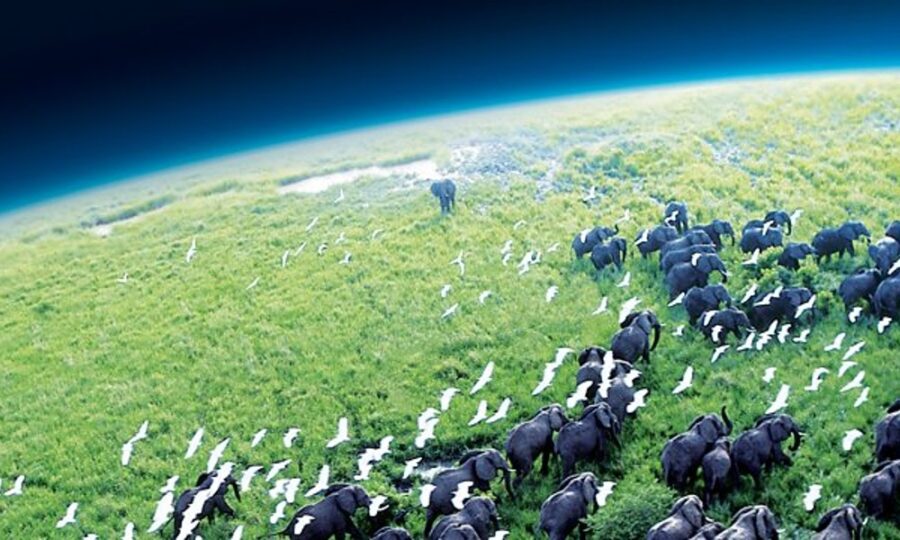
Whales are not only the biggest animals on Earth, but they’re also some of the smartest. They’re also smart enough to use and make their own tools, as a new study observed humpback whales create net tools to help them hunt. A team of researchers off the coast of Alaska published the findings in the journal Royal Society Open Science, and it’s pretty amazing to learn what these whales can do.
Humpback Whales Use Nets
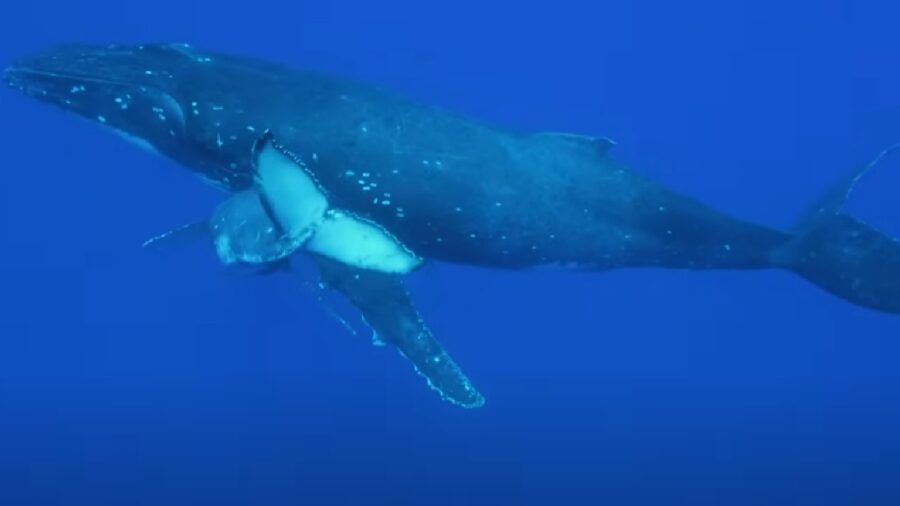
While humpback whales have already been observed using bubble net tools to help them hunt, this recent study found that they can also manipulate the nets to catch more food. This makes humpback whales part of a rare group of animals that both use and manufacture tools. There are plenty of animals who use tools, but creating and modifying them is a whole different level of intelligence.
Efficient Hunting
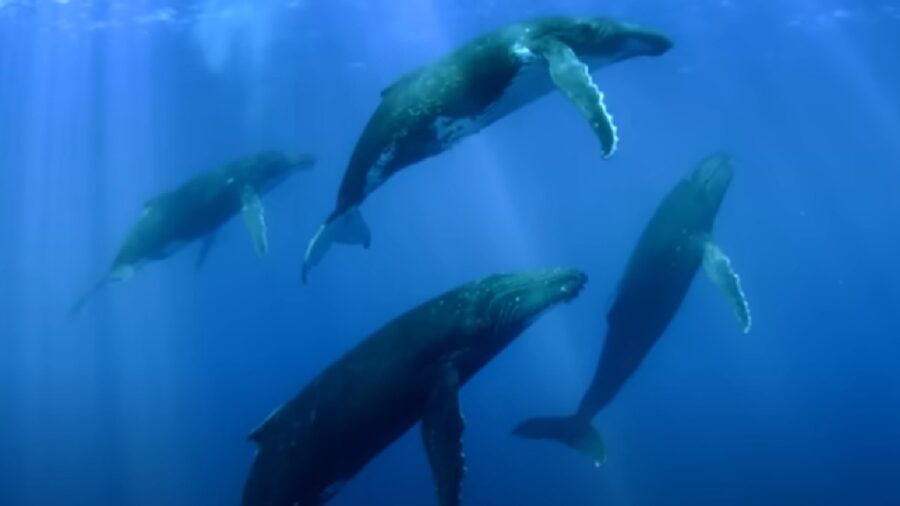
The way the humpback whales use the tools is also fascinating, as the study observed the whales blowing bubbles in patterns to form nets with rings. But more than just making the nets with the bubbles, the whales were also observed controlling small details like the number of rings for the net, the size of the net, the depth of the net, and the spacing between the bubbles. According to the study, manipulating the nets in this way allows the whales to capture up to seven times more prey in a feeding dive without having to exert extra energy to do it.
Whales Need A Massive Amount Of Food To Survive
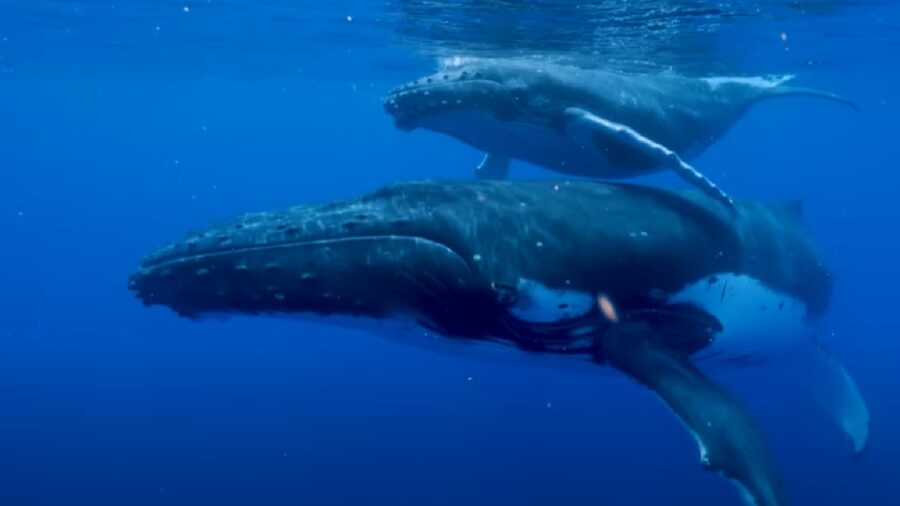
The humpback whales’ amazing use of tools helps to explain how they’re able to get the calories needed to migrate across the Pacific Ocean. In order to survive, whales need to be able to capture enough food during summer and fall in the frigid Alaskan waters. Climate change has caused prey numbers to become more scarce, and employing tactics like these shows that the whales are adapting to conserve more energy while also getting the food they need.
Whales Have Shown Intelligent Behavior
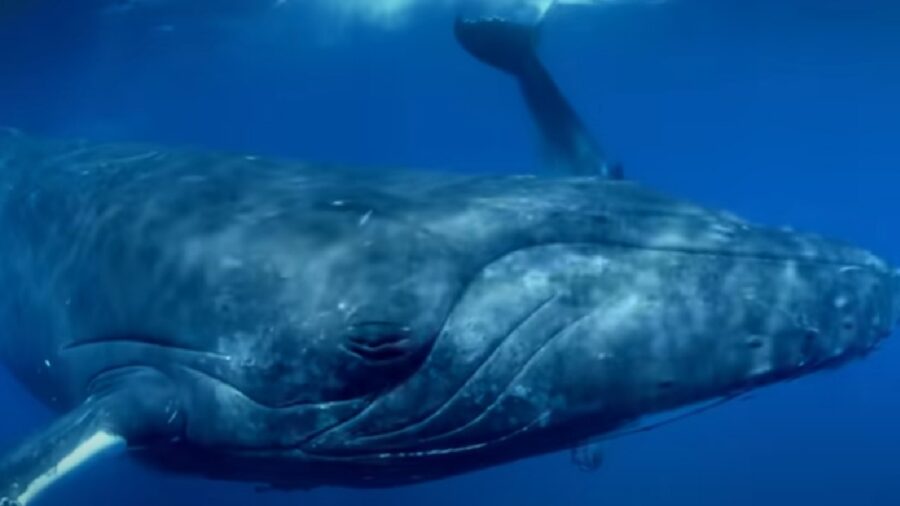
Of course, it’s not a perfect solution as more whales have been stranded on coasts as the climate continues to change, and the lack of available food makes migration more difficult. However, these observations on how humpback whales and other cetaceans hunt, feed, and use tools could provide valuable insight into how to better preserve their feeding environments.
It’ll be interesting to see what else they’re able to observe, as other behaviors that humpback whales have demonstrated include cooperative bubble-netting, deep lunge feeding, and surface feeding.
Difficult To Observe In The Wild
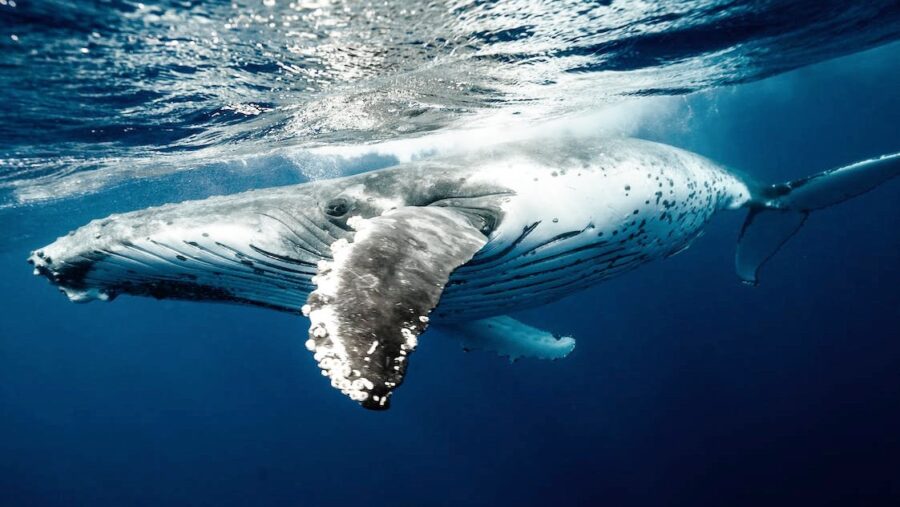
The research process for animals like whales and dolphins can sometimes be difficult, but technology has given scientists more ways to observe. For this recent study where they saw the humpback whales modifying tools, the team was able to use non-invasive suction cup tags and drones to collect data on the animals and their movements. It’ll be interesting to see what else they can find by observing these whales using their bubble nets.
Andy Szabo, co-author of the study, said, “What I find exciting is that humpbacks have come up with complex tools allowing them to exploit prey aggregations that otherwise would be unavailable to them.” Animals are great at adapting to less-than-ideal situations. However, it would be nice if the whales didn’t have to contend with feeding grounds affected by climate change in the first place.
Source: Royal Society Publishing











Login with Google